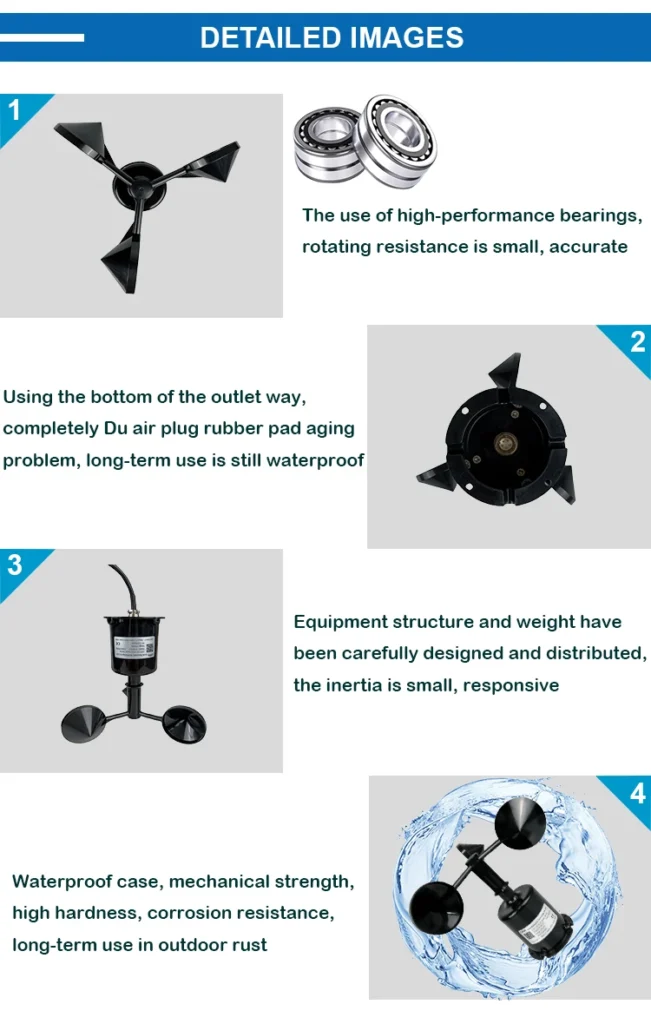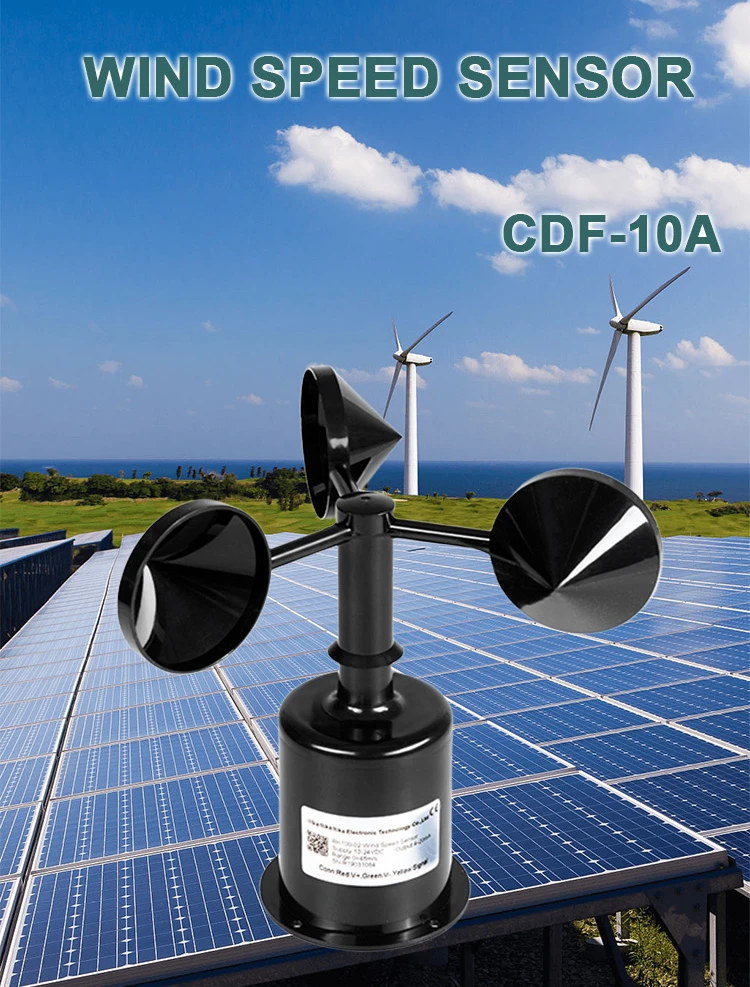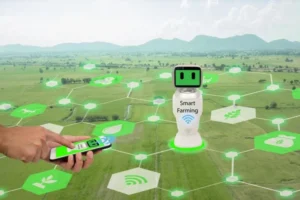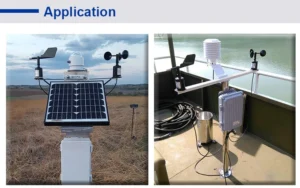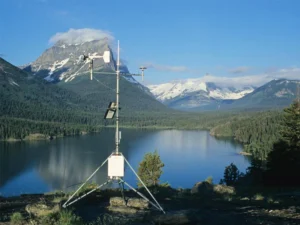Factors to Keep in Mind for Proper Cup Anemometer Installation
Are you trying to get the best performance from your cup anemometer? These devices are important for measuring how fast the wind blows. They give dependable data for weather watching, research projects, and renewable energy work.
To get the best results, it is important to install things correctly. We will discuss important things to think about. We will also share practical steps to make sure your cup anemometer works well.
The Basics of a Cup Anemometer
Before diving into installation details, it’s important to understand how a cup anemometer works. This instrument measures wind speed using a set of three or more cups attached to a central rotor. As wind pushes the cups, they spin, and the rotation rate corresponds to the wind speed. This rotational data is translated into actionable wind speed measurements. Now, let’s look at the critical factors for a successful installation.
Selecting the Ideal Mounting Location
The placement of your cup anemometer is crucial for accurate wind readings. Here are key elements to consider when choosing the mounting site:
1. Terrain and Nearby Obstacles
The anemometer should be placed in an open area. It needs to be free from obstructions like buildings, trees, or tall structures.
These obstacles can change natural wind patterns and cause turbulence, which affects measurements. The best place is an open area. In this space, wind can move freely without any nearby obstacles.
2. Installation Height
The height of installation greatly affects how well data is collected. The ideal placement for an anemometer is at least 10 meters above any obstructions within a 150-meter radius. This allows it to capture the wind’s free flow while avoiding turbulence caused by objects on the ground.
3. Alignment with Wind Direction
Knowing local wind patterns is another important step. The device should be placed at a right angle to the main wind direction for accurate measurements. Looking at wind directions in the area helps us find the best way to install.
Choosing the Right Mounting Structure
After choosing the site, the next step is to find a strong and reliable mounting system for the anemometer. The stability of this setup directly affects both performance and durability. Here are two key elements to focus on:
1. Structural Stability
The mounting structure must be strong enough to handle bad weather, like strong winds and rain. Use strong materials such as guy wires, brackets, or concrete foundations. These will help keep the structure firmly anchored. Reinforcement helps keep the device steady during bad weather.
2. Minimizing Vibrations and Tilt
Vibrations or tilting can change how accurate measurements are. It is important to stop any movements that are not wanted. Vibrations can come from machines close by or from traffic.
The foundation should help lessen these effects. It can do this by using stabilizing features. For example, rubber mounts can help reduce vibration. This can help make things more precise.
Addressing Wiring and Electrical Requirements
Proper wiring and electrical connections are important. They help things run smoothly. They also ensure a steady flow of data from your anemometer. Keep these points in mind when you install:
1. Cable Management
Keep cables organized. Use ties or conduits to keep them together. This helps stop tangles and lowers the chance of damage or problems.
Wires should be kept away from moving parts or other hazards. This helps stop problems and keeps connections safe over time.
2. Appropriate Cable Length
The cable that connects the anemometer to the data collection system should not be too long or too short. Long cables can cause signal loss or problems. Short cables may limit where you can install them.
Check the manufacturer’s advice or ask a professional for help. This will help you pick the right cable length. This keeps everything working well and keeps your data safe.
Data Gathering and Examination:
Collecting and analyzing data is important. It helps you get useful insights from your cup anemometer readings. To make this process easier, think about these important points:
1. Data Logging System:
A reliable and strong data logging system is important for easy and accurate data collection. Choose a system that can measure wind speed at set times. It should also store data safely for later analysis.
Advanced models often have features like remote access, data syncing, and compatibility with other devices. These features make things work better and faster.
2. Calibration and Maintenance:
Regular calibration and maintenance are important. They help make sure your cup anemometer works well and lasts a long time. Regularly checking against a known standard helps fix errors and keep measurements accurate.
Also, regular tasks like cleaning the cups, checking for damage, and oiling moving parts can help the device last longer. To get the best results from your anemometer, follow the instructions from the manufacturer.
Conclusion:
Proper installation and management of cup anemometers are crucial for obtaining precise wind speed measurements. It is important to choose the right place to mount the equipment. Following wiring and electrical rules is also key. These steps help make data collection and analysis more efficient.
You can get accurate and trustworthy results for various uses. To do this, look at these points. Follow the advice from the manufacturer. Seek expert help when needed.
Now that you know this, you can set up your cup anemometer with confidence. This will help you collect important wind data effectively.
Sensor Solutions and Manufacturer Insights:
In modern manufacturing, sensor solutions are important and complex. Their role extends beyond merely creating products or assisting clients. It needs careful thought about impact, performance, and reliability.
At Hunan Coda Electronic Tech Co., Ltd., it is easy to find high-quality products. The company provides a wide range of sensors. These sensors are made with advanced tools and careful quality checks.
If you have questions, visit Coda Sensors to see what they offer. You can also send your questions directly.

